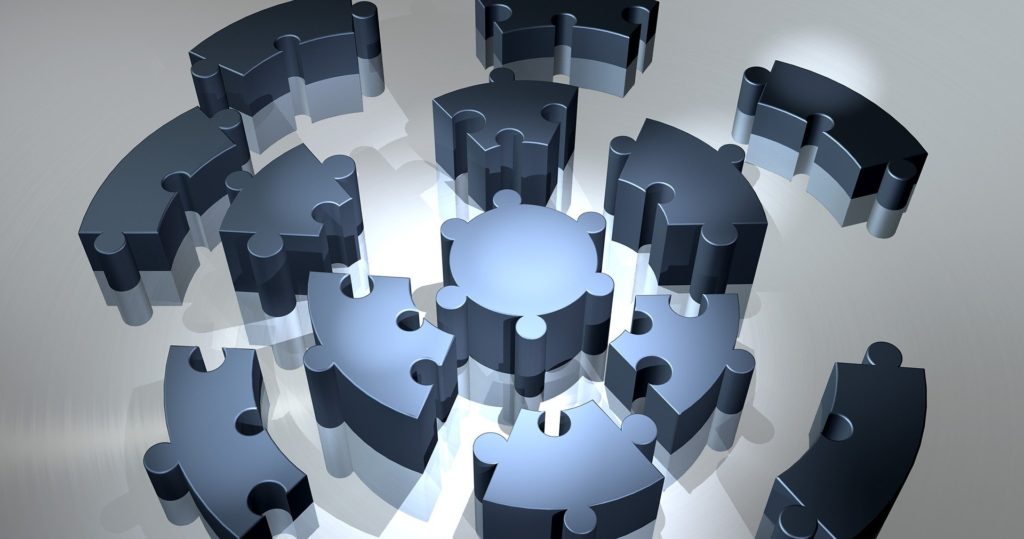Years ago, while working at Giga Information Group, several analysts got together and created a service we loosely referred to as “events,” and then wrote about what we had captured as best practices over the years. With companies now going back to having in-person analyst events, I thought it would be handy to cover some of those best practices again to help companies improve the quality of their events.
Best Practice One: Find out what the analysts want to hear about
It amazes me that this is almost never done. The result can be a huge mismatch between the interest areas of the invited analysts and the material being presented. More important, even if there isn’t a mismatch, if you don’t know the things the analysts want to hear about, even if you are on a topic consistent with their research agenda, you’ll likely be hit with a lot of questions your people are ill prepared to deal with.
By asking ahead of time, you can better select the analysts that will be attending, better craft who will be speaking and what they will cover, set expectations up front on topic areas out of bounds, and generally have a more successful event.
Best Practice Two: Goals And measurements
I get why post event measurements are generally not well defined. The events team doesn’t want a ton of negative feedback after an event so the questions tend to be light on content or focus. However, every event should have several clear goals the company wants to accomplish. First and foremost, the survey after the event should test whether those goals are met. I’m a big fan of doing this survey in person rather than in writing. One of the folks responsible for the event should do the survey in person because less is lost in translation. If the analyst was dissatisfied, they can be asked what should have been done to improve the experience. The goal should be to improve the event over time, not just give a meaningless pat on the back for what undoubtedly was a lot of work.
Events should have a reason for being and that reason should flow through all aspects of the event from who attends to content to follow-up to assure the core goals for the event are clear and were met.
Best Practice Three: Choose good presenters over big titles
Someone who is good in front of an audience is rare. They should be able to hold an audience’s attention, convey a message clearly, and generally create a better outcome than some senior executive who reads Power Point slides to you poorly. It often seems like presenters are selected based on some false belief that titles make a difference. While that is true of a CEO, if that CEO sucks at presenting, it won’t reflect well on the company. I remember one event where the CEO was so inebriated, they asked me to do his presentation (which I hadn’t seen). The better plan would have been to have a backup, like an understudy, because CEOs get sick, have personal or professional issues that cause them to have to miss the event, or, like the CEO I covered for, have impulse control problems.
So, key presenters should be chosen because they are good at presenting, and each should have an understudy so that if they have a last-minute issue, the event isn’t tarnished by it.
Best Practice Four: Technical redundancy
There is always a chance the projector, monitor, recording system or some other technology will fail at the worst possible moment. CEOs like Steve Jobs, Andy Grove and Bill Gates had teams that often were triple redundant just to make sure the audience was never aware of a technical problem associated with the technology being showcased. Having to stop a presentation because no one can figure out the projector or PC reflects badly on a tech company. Making sure that doesn’t happen plays well for the audience and for top executives who tend to not have a sense of humor when this happens and have been known to lash out at the people putting on the event when it does. Thus, making sure that it doesn’t happen isn’t just good for the event, it is good for your career.
Best Practice Five: Listen more than talk
You have collected a room full of analysts that you want to convince of something, but these analysts are also a critical source of intelligence not corrupted by your company’s processes. If you are always talking and never listening, and particularly if you have no time after presentations to engage with the analyst audience, you are missing much of the value that otherwise would have come from analysts’ discussions. Both analysts and executives have a lot of distractions but, if they are engaged, they stay with the message. However, if the presentation consists of one Power Point slide presentation after another for hours, they will probably check out after the first 15 minutes. Back at Dataquest we did a study on attention spans resulting in that 15-minute window. Given that was before laptops or smartphones were common, I’ll bet if we did that study again today that timeframe would be closer to five minutes.
Some of the most interesting events for me have been when top executives seat the analysts around them and just talk about stuff that concerns the executive. They get a ton of value, they can provide information in context, and you build a relationship between the analysts and the executives that make it hard for the analysts to say anything bad about the company. (It gets far harder to be critical of someone you like, admire and who carries a more prestigious title than you do). Analysts will go out of their way to help people they like. Without those relationships, those benefits don’t emerge.
Wrapping up: Other thoughts
Doing an event is about planning with the audience in mind, setting clear goals and measuring achievement with improvement over time built into the process, high quality well-rehearsed presenters, technical redundancy that avoids embarrassing failures, and practicing the art of listening. But we had a much longer list which included appropriate gifts (something that reminded the analyst of the key message(s) from the event), meal practices (no heavy foods, alcohol in moderation, and no late nights before the last one). Venue safety should also be a factor. Once I had to step over a dead body at an event in San Francisco. The venue should have plenty of room, comfortable chairs, tables and power, and solid transportation (Uber may be cheap but it can leave a really bad taste in your mouth when it doesn’t work, and the weather is bad.
In the end, nothing I’ve shared should be rocket science. It is about knowing what you want to accomplish and then not only finding the best way to accomplish it but also making sure you have a process to improve it over time. Some of the events I’ve been to over the years I still remember fondly even though they were decades ago, while others I’ve started forgetting even before I returned home.
One more thing: If you’re going to do an event in person, one of the goals should be relationship building, and you should measure that, as well, as a matter of course. Because, if you aren’t building relationships at in-person events, you might as well have used Zoom and saved yourself the aggravation and cost of an in-person event.
- The HP OmniBook X Flip 2-in-1 16-Inch: Your New Digital Swiss Army Knife (Now in Glorious Atmospheric Blue) - June 25, 2025
- The Open AI Avalanche: Why AMD’s Collaborative Spirit Is Outmaneuvering NVIDIA’s Empire - June 22, 2025
- Lenovo Embraces OpenBMC: A Step Towards Greater Transparency and Control in the Data Center - June 17, 2025



